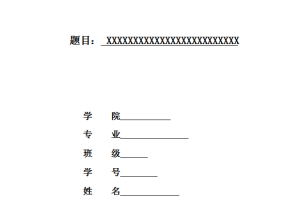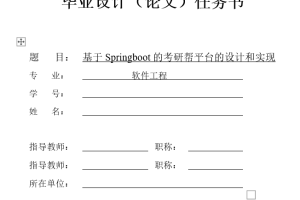国有企业薪酬激励初探
摘要
在现代市场经济中,激励是企业人力资源管理中最主要最敏感的管理环节之一,而薪酬激励是它的核心。薪酬激励是正确诱导员工的工作动机,使员工的积极性和创造性继续保持和发扬下去的杠杆。但目前我国国有企业薪酬制度还不完善,无法满足员工对企业的需求,无法从根本上调动员工的积极性,甚至出现优秀人才流失的现象。为此,文章在基本廓清激励、激励机制的概念,简要分析我国国有企业存在的问题及原因的基础上,重点论述了国有企业构建科学合理的薪酬激励机制的思路、对策,以期对企业薪酬激励机制的理论探讨和实践探索有所启示。
[关键词] 企业;薪酬激励;人力资源管理;绩效考核;企业文化
ABSTRACT
In the modern market economy, one of the main motivation is the most sensitive part of management in enterprise human resources management, and salary incentive is the core of it. Compensation incentive is the correct guidance and motivation of employees, the staff enthusiasm and creativity continue to maintain and carry forward the lever. But the current salary system of state-owned enterprise of our country is not perfect, can not meet the needs of employees of the enterprise, unable to mobilize the enthusiasm of the staff from the root, and even loss of talents phenomenon. Therefore, the basic concept in the clearance of incentive, incentive mechanism, briefly analyzing the problems and causes of Chinese state owned enterprises, discusses the countermeasures to construct a scientific and reasonable salary incentive mechanism of state-owned enterprises, with a view to the enterprise incentive mechanism theory discussion and practice enlightenment.
[Keywords] Enterprise; Salary incentive; Human resource management; Performance evaluation; Enterprise culture
目录
一、薪酬激励概述··················································································· 6
(一)激励的含义·················································································· 6
(二)薪酬的含义·················································································· 6
(三)薪酬激励的含义············································································ 7
二、薪酬激励在国有企业发展中的重要作用··············································· 8
(一)科学的薪酬激励机制,能有效地实现国有企业发展目标····························· 8
(二)公平的薪酬激励机制,能最大限度地实现员工价值·································· 8
(三)结构合理的薪酬构成是企业人力资源管理的有力保障······························· 9
三、国有企业薪酬制度存在的问题及原因分析············································ 10
(一)薪酬激励理念的偏差······································································· 10
(二)薪酬管理系统缺乏系统性································································· 11
(三)薪酬结构失衡··············································································· 11
(四)薪酬制度运行存在不足···································································· 12
1.薪酬分配缺乏公平········································································· 12
2.薪酬和绩效表现关联性不强······························································ 12
3.薪酬激励手段单一········································································· 13
4.薪资晋升渠道不畅········································································· 13
四、完善国有企业薪酬激励的思路、对策·················································· 14
(一)牢固树立以人为本的理念,重视薪酬激励的重要作用······························· 14
1.牢固树立以人为本的理念································································· 14
2.重视薪酬激励的重要作用································································· 15
(二)完善企业薪酬管理系统···································································· 16
1.建立内部员工收入检测系统······························································ 16
2.建立岗位分析动态管理系统······························································ 16
3.建立企业人工成本分析系统······························································ 17
(三)企业薪酬结构合理化······································································· 18
1.以企业发展目标为核心···································································· 18
2.以员工不同岗位特点为基础······························································ 18
3.以员工工作绩效为支撑,实现薪酬与绩效挂钩········································ 18
4.设计符合员工需要的福利项目··························································· 20
(四)改革企业薪酬激励的运行机制··························································· 21
1.坚持公平原则··············································································· 21
2.注意与员工沟通薪酬······································································· 22
3.支付薪酬上要满足层次需求······························································ 23
4.采用适合企业实际的薪酬发放形式······················································ 24
参考文献···························································································· 27
致谢··································································································



